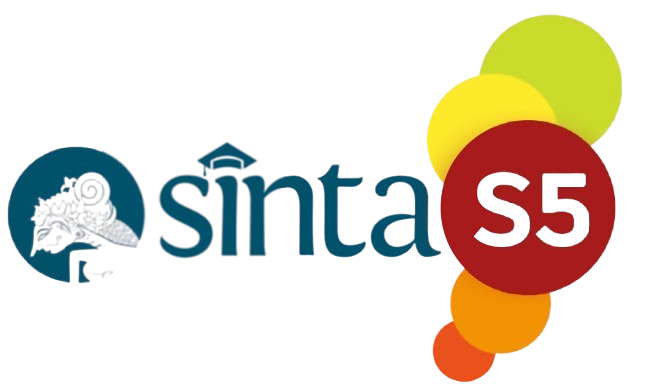Rerajahan As A Source Of Inspiration For The Creation Of Painting Art
DOI:
https://doi.org/10.59997/citakara.v2i1.1545Keywords:
Rerajahan, Inspiration, Contemporary Painting, Creation ideas.Abstract
Departing from an idea about rerajahan illustration which always has its own meaning in each of its strange forms, it creates an impetus to present rerajahan visualization by combining certain techniques and references to achieve goals and meanings that are in accordance with what is desired. The problem faced is how to process the rerajahan visuals to represent ideas so that the embodiment of the work looks interesting. The purpose and benefits are to provide a new reflection and elevate the existence of rerajahan which is full of use in various yadnya ceremonies in Bali, and to increase the author's understanding of the forms of rerajahan. To answer what is the purpose of this work, the method of creation uses exploration, improvisation, and forming. By arranging elements of art, and going through the stages of exploration, improvisation, and the forming stage, and combined with ideas and ideas to create 6 works entitled: 1) "covered", 2) "Self Struggle", 3) "Formed", 4 ) “Temporarily”, 5) “Destroyed”, 6) “Ready? Go!”. In the embodiment of the work, the author will use several technical references from other artists. By combining the blurry technique and the oil paint suction technique in the visualization of works that have a strange shape, and combined with texts such as in comic books to represent a movement, it is hoped that they will produce quality works and become the identity of the author. In the end, it can be concluded that traditional arts, especially rerajahan, provide a lot of inspiration in their work and are very interesting to be raised and developed with imaginative ideas that will become valuable and meaningful works. With the creation of this work, it is hoped that it can convey a message or meaning to a personal phenomenon that the author has experienced.
References
Adi Putra W, I Putu,. Yudarta, I Gede. (2020). Kajian Elemen-elemen Lukisan Cerita Ramayana Karya I Ketut Budiana. Prabangkara Jurnal Seni Rupa dan Desain, Volume 24 Nomor 1, halaman 2
Artjog.id. (2021). I Nyoman Masriadi. Diakses pada 8 November 2021, dari https://www.artjog .id/artist.php?id=14#2
Budiana, I Ketut. Wawancara pribadi. 10 Januari 2022.
Gramedia.com. (2021). Pengertian Komik: Jenis, Perkembangan, Genre dan Contoh. Diakses pada 11 Januari 2022, dari https://www.gramedia .com/literasi/pengertian-komik/
Indoartnow.com. (2017). Ida Bagus Putu Purwa. Diakses pada 8 November 2021, dari https://indoartnow.com/artists/ida-bagus-putu-purwa
Setem, Wayan. (2021). Kosarupa Bali. Denpasar: Prasasti.
Sudana, I Wayan. (2009). Eksistensi Rerajahan Sebagai Manifestasi Manunggalnya Seni Dengan Religi. Imaji Jurnal Seni dan Pendidikan Seni, Volume 7 Nomor 2, halaman 142
Yudha, Bendi. (2010). Metode Proses Penciptaan Simbolisasi Bentuk Dalam Ruang Imaji Rupa,[online]. Tersedia : http://repo.isi-dps.ac.id/140/1/Metode_Proses_Penciptaan_Simbolisasi_Bentuk_Dalam_Ruang_Imaji_Rupa.pdf Diakses pada 3 Januari 2022
Yudi Arta, I Made. 2014. Topeng Pajegan Sebagai Sumber Inspirasi Dalam Karya Seni Lukis. Fakultas Seni Rupa dan Desain. Jurusan Seni Rupa Murni: Seni Lukis. Institut Seni Indonesia. Denpasar.









